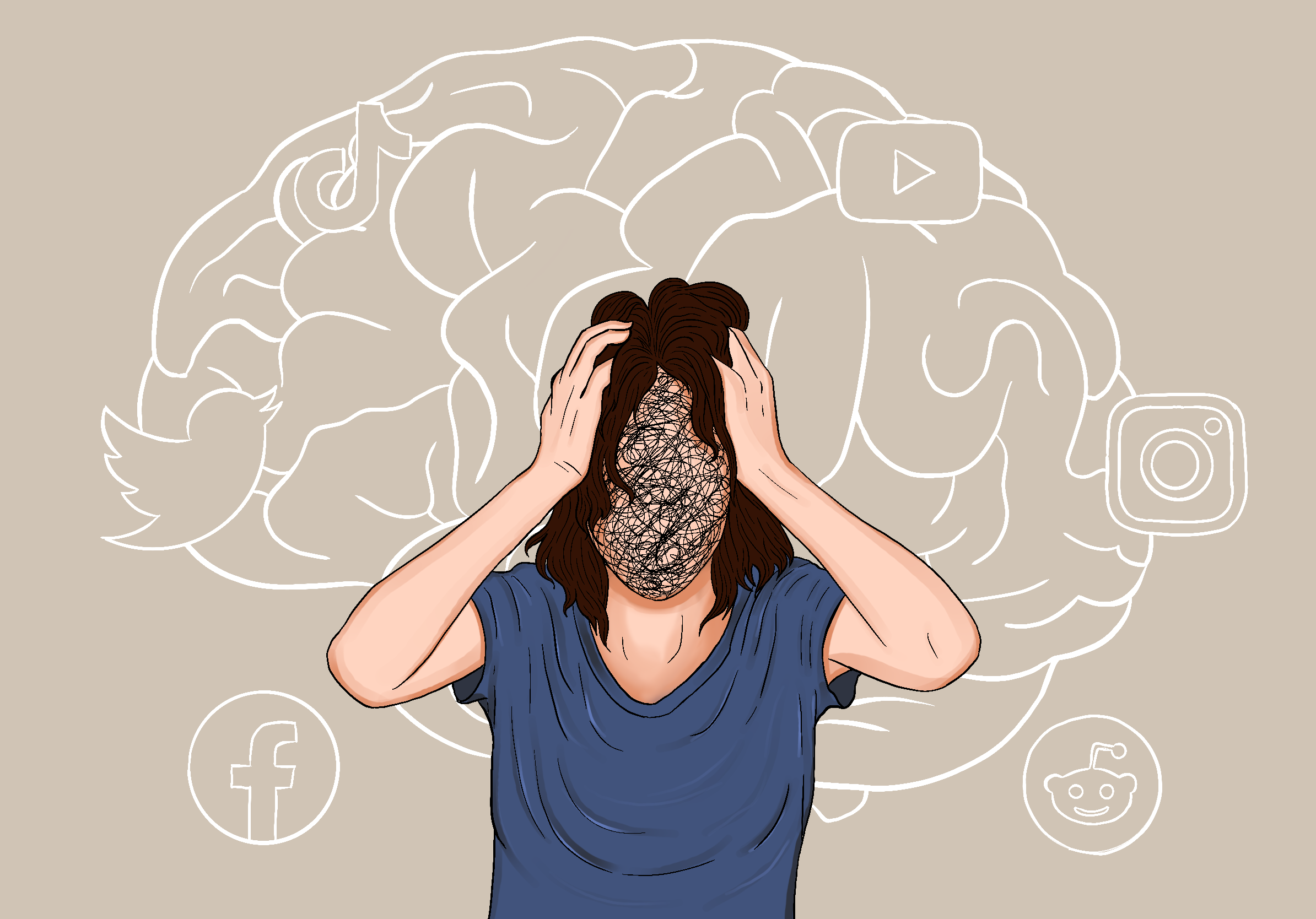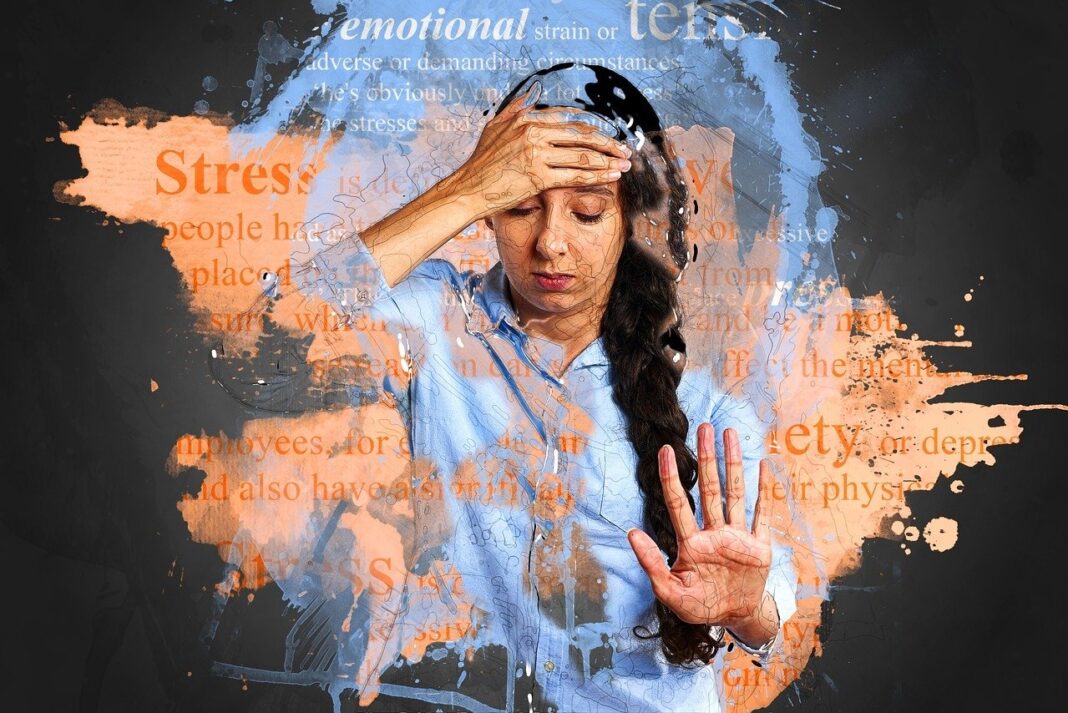Introduction to Generalized Anxiety Disorder (GAD)

Generalized Anxiety Disorder, or GAD, is a condition characterized by excessive, uncontrollable worry about various aspects of everyday life. People with GAD often find themselves plagued by anxious thoughts about work, health, family, or finances, even when there’s no immediate reason to worry. Unlike typical anxiety, which is a natural response to stress or danger, GAD is persistent and can interfere significantly with daily life. Understanding GAD is crucial, not only because it affects millions of people worldwide but also because it’s often misunderstood. This blog post will dive deep into the symptoms, causes, and treatment options for this common mental health condition.
The Prevalence of GAD
Generalized Anxiety Disorder is one of the most common anxiety disorders globally. According to recent statistics, GAD affects approximately 6.8 million adults in the United States alone, and it tends to be more prevalent in women than men. While anxiety can strike at any age, GAD typically begins in adolescence or early adulthood and tends to be chronic if left untreated. Globally, it’s estimated that around 4% of the population experiences GAD at some point in their lives.
Understanding Anxiety: A Natural Human Emotion
Anxiety is a normal part of life, and everyone experiences it from time to time. It’s our brain’s way of preparing us for challenges, whether it’s giving a presentation at work or handling a difficult situation at home. But GAD takes anxiety to another level. Instead of feeling worried in response to a specific event, people with GAD experience anxiety constantly. Everyday situations can provoke intense worry and fear that feels impossible to shake. GAD is different from typical anxiety in its duration, intensity, and the inability to control it.
Signs and Symptoms of Generalized Anxiety Disorder
GAD presents with a wide range of symptoms, which can be emotional, physical, and behavioral. Let’s break them down:
Emotional Symptoms
- Constant worry or fear, even when there’s no real danger
- Difficulty concentrating due to anxious thoughts
- Feeling on edge or restless most of the time
Physical Symptoms
- Fatigue or exhaustion from constantly being anxious
- Muscle tension, especially in the neck, shoulders, and back
- Headaches, stomachaches, and other unexplained pains
Behavioral Symptoms
- Avoiding situations that trigger anxiety
- Difficulty making decisions due to fear of potential outcomes
- Irritability or frustration when plans change
Risk Factors for Developing GAD
There isn’t a single cause of GAD, but a combination of factors can increase a person’s risk of developing the disorder. These include:
Genetic Predisposition
If anxiety runs in your family, you’re more likely to develop GAD. Studies have shown that genetics play a role in the likelihood of experiencing anxiety disorders.
Environmental Factors
Stressful life events like trauma, abuse, or significant changes can trigger GAD. Those who have experienced childhood trauma or have grown up in an unstable environment are at greater risk.
Lifestyle Influences
Certain lifestyle choices can increase the risk of GAD. For example, individuals with poor sleep habits, excessive caffeine intake, or chronic stress may be more susceptible to anxiety disorders.
The Science Behind Generalized Anxiety Disorder
Anxiety disorders like GAD are thought to stem from imbalances in brain chemistry. Specifically, neurotransmitters like serotonin and dopamine, which regulate mood, may not function properly in people with GAD. Additionally, the brain’s fear center, the amygdala, can become overactive, leading to heightened feelings of anxiety even in benign situations.
How GAD Affects Daily Life
Living with GAD isn’t just mentally exhausting—it can have far-reaching effects on all aspects of a person’s life. Here’s how it can impact:
Personal Relationships
The constant worry of GAD can strain relationships, as individuals with the disorder may struggle to communicate their fears or feel misunderstood by loved ones.
Career Challenges
At work, GAD can make it difficult to focus, complete tasks, or handle stress. It may also lead to procrastination or avoidance of important responsibilities.
Hobbies and Interests
GAD can rob a person of the joy they once found in hobbies or leisure activities. Anxiety makes it hard to relax and enjoy downtime, even when nothing is wrong.
Diagnosing Generalized Anxiety Disorder
To diagnose GAD, a mental health professional will evaluate a patient’s symptoms, medical history, and how long the anxiety has been present. The criteria for GAD include experiencing excessive anxiety more days than not for at least six months. Diagnostic tests may include self-reporting questionnaires, interviews, and sometimes physical tests to rule out other medical conditions.
Treatment Options for GAD
Treating GAD often requires a multi-faceted approach. Here are some of the most effective treatment options:
Medication
Antidepressants, anti-anxiety medications, and beta-blockers are commonly prescribed to help manage the symptoms of GAD. These medications work by balancing chemicals in the brain that regulate mood and anxiety.
Cognitive Behavioral Therapy (CBT)
CBT is a highly effective treatment for GAD. It involves identifying and changing negative thought patterns that fuel anxiety. Through therapy, individuals learn healthier ways to respond to anxiety-provoking situations.
Mindfulness and Other Therapeutic Techniques
Mindfulness meditation and relaxation exercises can help individuals manage GAD by teaching them how to stay present in the moment and reduce overthinking.
Lifestyle Changes to Manage GAD
In addition to therapy and medication, several lifestyle changes can help manage GAD:
Regular Exercise
Exercise helps reduce anxiety by releasing endorphins, which improve mood and alleviate stress. Regular physical activity is known to reduce anxiety levels significantly.
Dietary Adjustments and Supplements
Certain foods and supplements, like omega-3 fatty acids, magnesium, and chamomile tea, have been shown to help reduce anxiety symptoms. Avoiding excessive caffeine and sugar can also help keep anxiety at bay.
Sleep Hygiene
Maintaining a consistent sleep schedule is crucial for managing anxiety. Lack of sleep can exacerbate symptoms, so focusing on good sleep hygiene, like avoiding screens before bed, can make a big difference.
Coping Strategies for GAD
Living with GAD means learning strategies to manage anxiety in the long run. Some effective coping strategies include:
Grounding Techniques
These techniques help you stay focused on the present moment during times of high anxiety. One common method is the 5-4-3-2-1 technique, where you focus on your five senses to ground yourself.
Long-Term Strategies
Breathing exercises, journaling, and progressive muscle relaxation can help reduce long-term anxiety. Developing a strong support system is also key.
Support Systems
Whether it’s through family, friends, or professional therapists, having someone to talk to can significantly reduce feelings of isolation and help manage GAD.
The Connection Between GAD and Other Mental Health Disorders
GAD rarely exists in isolation. It’s often linked with other mental health disorders such as:
GAD and Depression
Many individuals with GAD also suffer from depression, as the constant worry can lead to feelings of hopelessness and sadness.
GAD and Panic Disorders
While panic disorders involve sudden, intense episodes of fear, GAD is more about constant, lower-level anxiety. However, the two can coexist.
GAD’s Relationship with PTSD and OCD
GAD can also overlap with PTSD and OCD, especially when the individual has a history of trauma or compulsive behaviors.
Myths and Misconceptions About Generalized Anxiety Disorder
There are many myths surrounding GAD, and it’s essential to clear them up:
Common Myths
- “It’s just stress.” GAD is much more than everyday stress; it’s a mental health condition.
- “People with GAD are just overreacting.” GAD is a chronic condition, not a choice or an overreaction.
Dispelling Misconceptions
One misconception is that people with GAD can just “snap out of it.” In reality, managing GAD often requires professional help, and it’s not something that can be willed away.
Living with GAD: Personal Stories and Experiences
Living with GAD can be challenging, but many individuals have learned to manage the condition and live fulfilling lives. Personal stories from people who have battled GAD can offer hope and encouragement for those currently struggling. Many emphasize the importance of self-compassion, therapy, and the understanding that it’s okay not to have it all together all the time.
How to Support Someone with GAD
Supporting someone with GAD requires patience, empathy, and understanding. Here’s how you can help:
Approaching the Conversation
If you suspect someone you know has GAD, approach them gently. Let them know you’re there to support them and that you understand their anxiety is real.
What NOT to Say
Avoid telling someone with GAD to “calm down” or “just relax.” These comments can make the person feel misunderstood and invalidated.
Encouraging Professional Help
Suggesting therapy or medical intervention can be a lifesaver for someone struggling with GAD. Offer to help them find resources and professionals to get the support they need.
Preventing Generalized Anxiety Disorder
While some risk factors for GAD, like genetics, can’t be controlled, there are ways to reduce the likelihood of developing the disorder:
Stress Management
Learning effective stress management techniques, such as yoga, meditation, or breathing exercises, can help prevent GAD from developing.
Mindfulness Practices
Regular mindfulness practices, such as meditation or mindfulness-based stress reduction (MBSR), can reduce anxiety levels and promote a healthier mental state.
Conclusion
Generalized Anxiety Disorder is a complex mental health condition that affects millions of people worldwide. While it can be challenging to live with, there are effective treatments, coping strategies, and lifestyle changes that can make a world of difference. Early diagnosis and intervention are key, and with the right support, individuals with GAD can lead fulfilling lives. If you or someone you know is struggling with anxiety, remember that help is available, and it’s never too late to seek support.
FAQs
1. Can GAD be cured?
GAD cannot necessarily be “cured,” but it can be effectively managed with a combination of therapy, medication, and lifestyle changes. Many people with GAD lead full, productive lives with the right treatment.
2. How is GAD different from other anxiety disorders?
GAD involves persistent, excessive worry about a variety of topics, while other anxiety disorders, like social anxiety or panic disorder, tend to focus on specific fears or events.
3. What’s the best way to manage GAD without medication?
Therapies like Cognitive Behavioral Therapy (CBT), mindfulness practices, regular exercise, and a healthy diet can significantly reduce symptoms without the need for medication.
4. Is GAD a lifelong condition?
For many people, GAD can be a chronic condition. However, with proper treatment and management, symptoms can be reduced or even eliminated for long periods.
5. Can children develop GAD?
Yes, children and adolescents can develop GAD. Early intervention is crucial for helping them manage symptoms and lead healthy lives.




